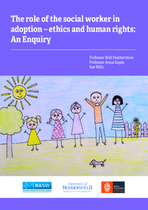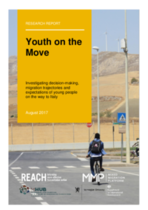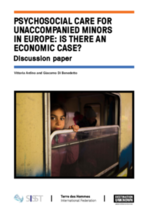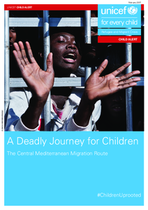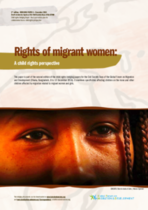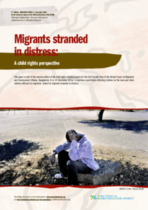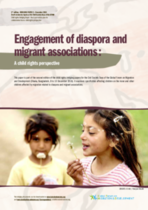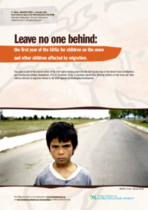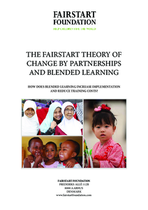‘It's Been an Absolute Nightmare’ – Family Violence in Kinship Care in Victoria
This paper presents findings from research with 101 kinship carers to gain a better understanding of how family violence was impacting on children and families in kinship care in Victoria, Australia.

